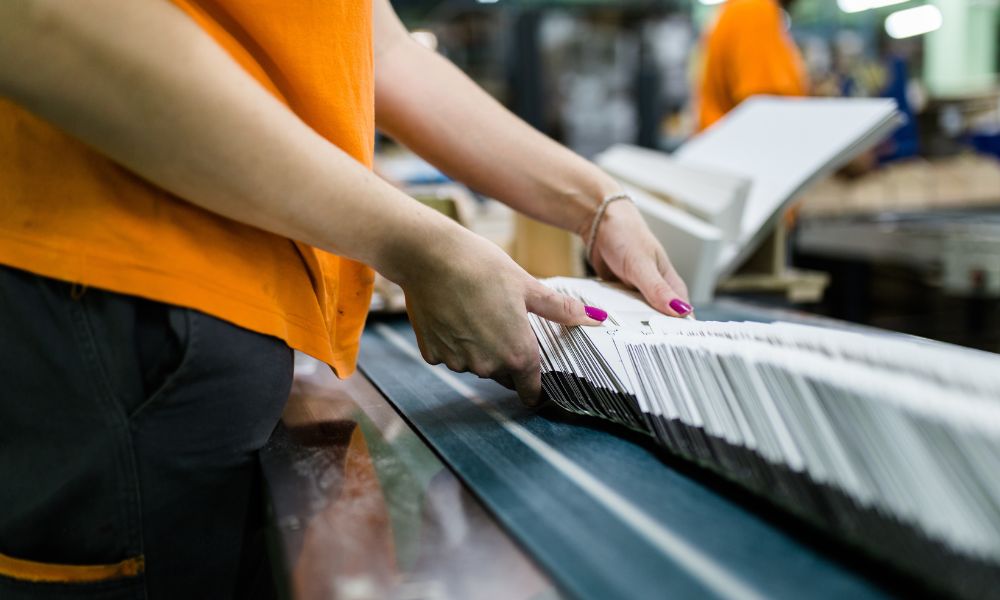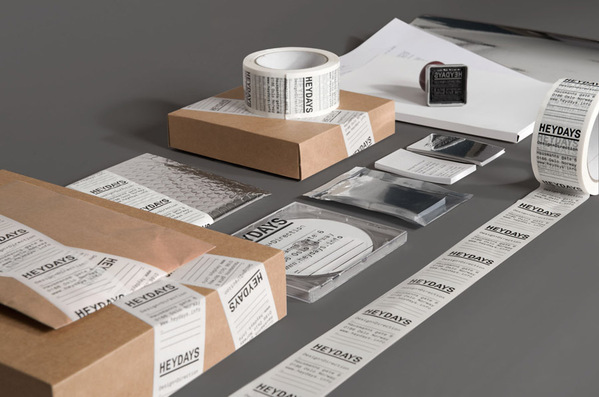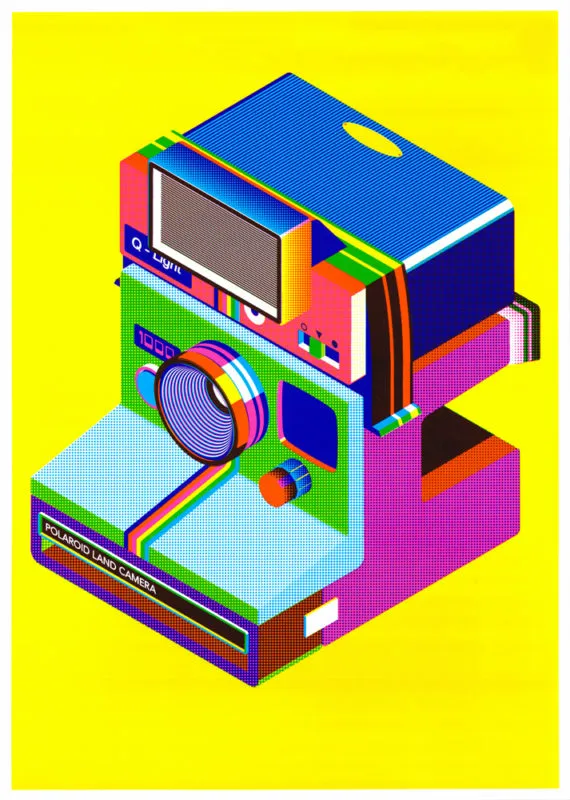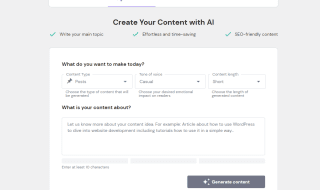
Product packaging speaks volumes about what’s inside and, more importantly, your brand. It truly is the first physical interaction you will have with your customers. Because of this, choosing the right printing method might not be as glamorous as creating the design, but it’s a crucial step that could make or break that first impression. Below, we cover the most common printing methods you should consider for your product packaging.
Flexography
Flexography is a versatile printing technique particularly suited for packaging. Its flexible printing plates allow it to efficiently transfer ink onto various materials, such as paper, plastic, cellophane, and metallic films. This method offers high printing speeds and the ability to print on non-flat surfaces, making it an excellent choice for producing large packaging volumes. Businesses often choose this method for its cost-effectiveness and adaptability, which allows for vibrant, full-color prints.
Offset Lithography

Offset lithography transfers an inked image from a plate to a rubber blanket to the printing surface. This technique is especially valuable for producing high-quality, detailed images on flat surfaces like cardboard, paper, and plastic. Its adaptability allows printing on various textures and finishes, including matte, glossy, and metallic. The benefits of lithography for custom packaging make it an ideal choice for detailed designs and high-resolution images.
Digital Printing
Digital printing stands out as a highly flexible and efficient option for product packaging. It eliminates the need for printing plates and allows for direct printing from digital files. This method excels in easily producing vibrant, high-resolution images, making it ideal for small to medium print runs that demand quick turnaround times. Choose digital printing for your product packaging if you aim for flexibility, efficiency, and high-quality print in smaller quantities or need to update your packaging design frequently.
Screen Printing

You can characterize screen printing by its ability to produce vibrant, high-impact visuals with a tactile texture. You can apply each color to the packaging material using a different mesh screen, making it suitable for designs with limited color palettes. Choose screen printing for your product packaging if you want bold, colorful graphics that stand out on the shelf. It’s highly effective for promotional items, retail bags, and apparel packaging.
When making a lasting impression, the printing method you select for your product packaging can elevate your brand from good to great. Understanding each method’s unique benefits and applications will bring clarity to your packaging endeavors. Ensure your packaging reflects your brand’s values and resonates with your target market by exploring the myriad of printing methods you should consider for product packaging.




